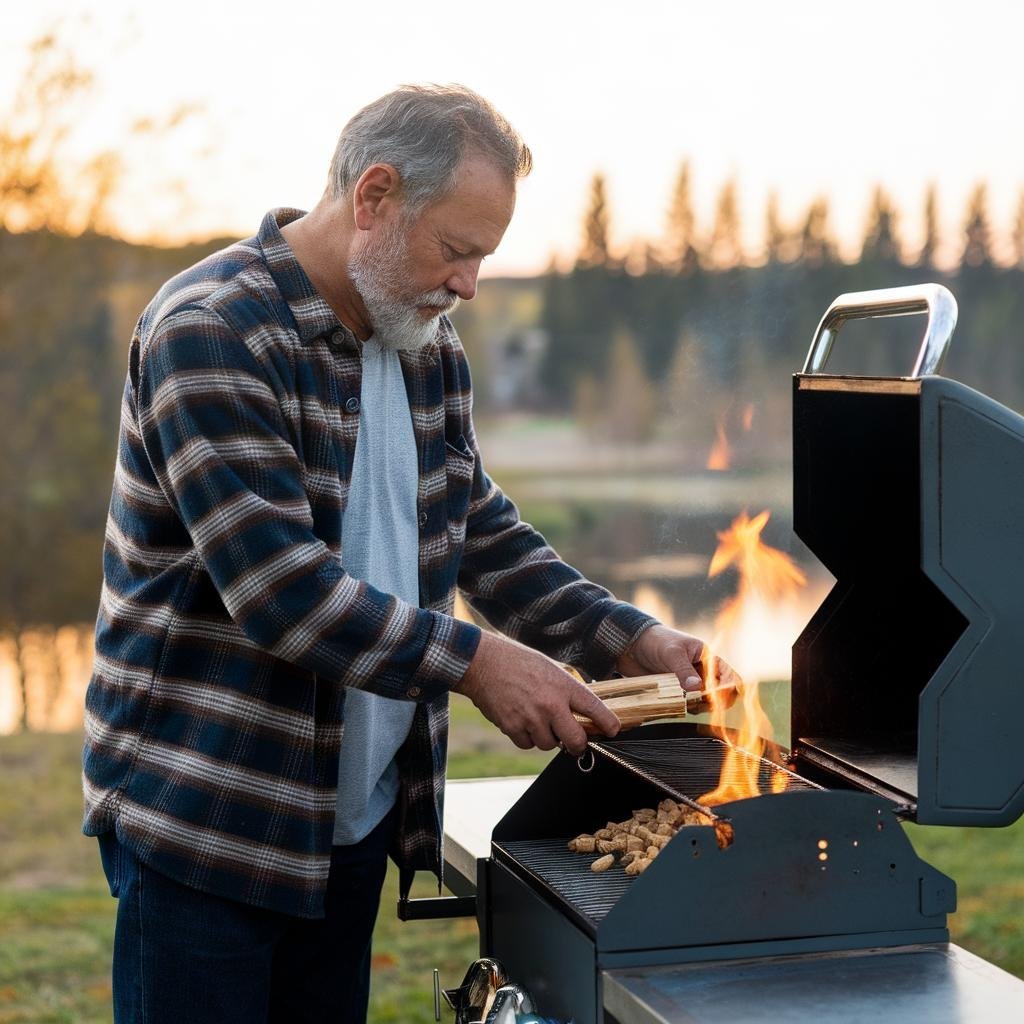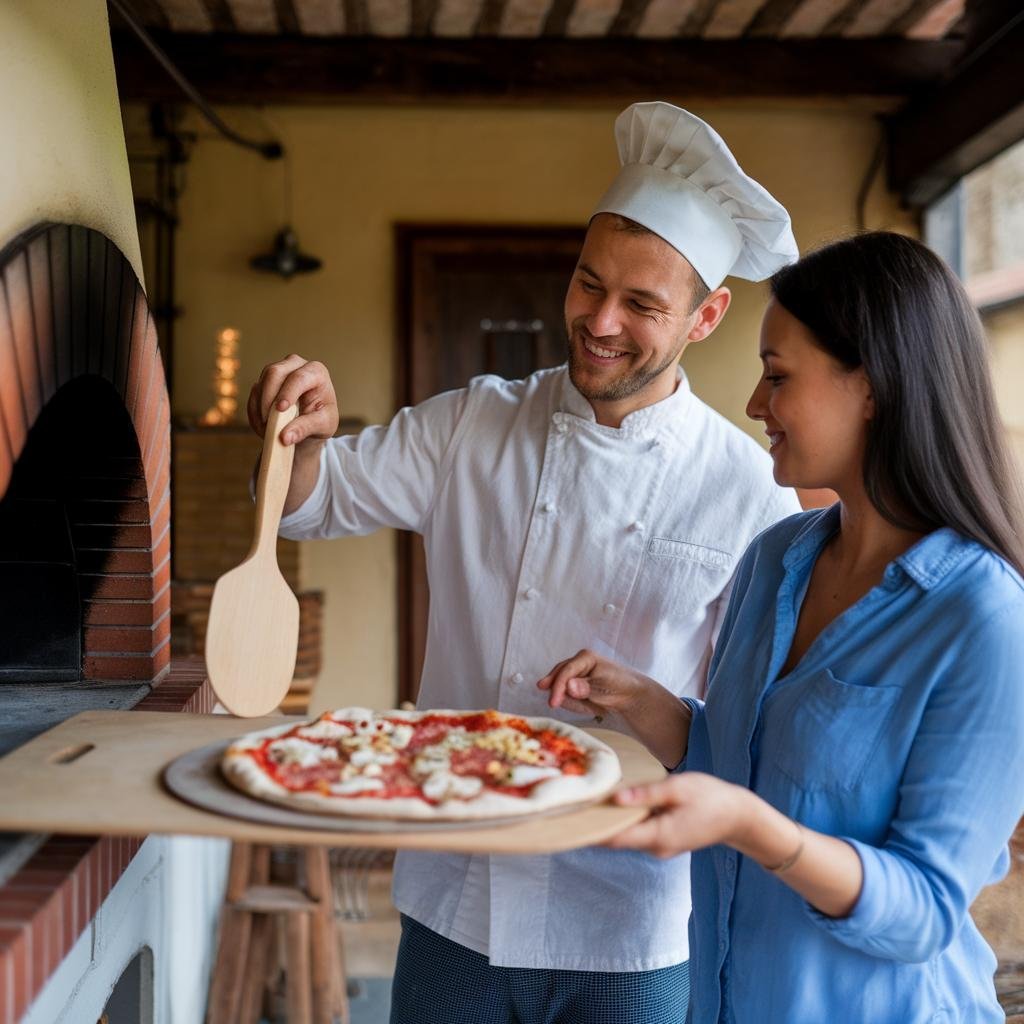Disclosure: This Post Contains Affiliate Links; We earn a commission on purchases.
Are you tired of ending up with soggy pizza crusts and unevenly melted cheese? Look no further because we have the expert tips and techniques you need to achieve the perfect pizza every time. From adding cheese to the bottom of the pizza to preheating your oven, we’ll guide you through the best pizza baking methods to achieve a crispy crust and melty cheese that will leave you craving for more. Let’s dive in!
Key Takeaways:
- Adding a layer of cheese to the bottom of the pizza before baking can result in a crispy and flavorful crust.
- Choosing the right cheeses with complementary flavors can enhance the overall taste of your pizza.
- Preheating your oven and using a pizza stone or baking tray will help achieve that authentic, crispy crust.
- Baking at a high temperature ensures that the cheese melts perfectly while the crust cooks to golden brown perfection.
- Practice and experimentation are key to finding your perfect pizza baking method.
Adding Cheese to the Bottom of the Pizza
One technique that has been recommended by experts is to add a layer of cheese to the bottom of the pizza before baking. This can be achieved by sprinkling a thin layer of grated Parmesan or other hard cheese onto the pan or baking tray before placing the pizza dough on top. As the pizza bakes, the cheese partially caramelizes, crisps, and adds an additional layer of flavor and texture to the crust. This technique is particularly effective for thicker crust pizzas and can be used with different types of cheeses for experimentation.
| Cheese | Flavor Profile | Texture |
|---|---|---|
| Mozzarella | Mild, creamy | Stretchy, melts well |
| Fontina | Mild, nutty | Smooth, melts well |
| Gorgonzola | Sharp, tangy | Creamy, crumbly |
| Feta | Tangy, briny | Crumbly |
Choosing the Right Cheese
When it comes to creating the perfect pizza, one of the most crucial decisions you’ll make is choosing the right cheese. While mozzarella is the go-to cheese for topping pizzas, there are artisanal pizza making tricks and authentic pizza baking secrets that involve using different cheeses to enhance the overall flavor profile of your pie.
Experts recommend considering the balance of flavors when selecting cheeses for your pizza. By complementing mozzarella with more assertive cheeses on the bottom, you can elevate the taste and create a truly unique culinary experience.
Here are some professional pizza dough handling techniques to consider:
- Sharp Cheddar: Adding sharp cheddar to the bottom of your pizza can bring a bolder and more complex flavor to the crust. Its rich and tangy taste pairs well with a variety of toppings and adds depth to each bite.
- Smoked Gruyère: For a smoky and charred crust, try using smoked Gruyère as the base cheese. Its distinct smokiness adds a unique twist to your pizza, creating a flavor profile that is sure to impress.
- Parmesan: Parmesan cheese, known for its low moisture content, is a popular choice among pizza enthusiasts. Its delicate texture and nutty flavor create a crispy bottom layer that enhances the overall eating experience.
Remember, the choice of cheese ultimately depends on your taste preferences. Don’t be afraid to experiment with different combinations to find the perfect balance of flavors that suits your palate.
Now that you have learned some authentic pizza baking secrets for choosing the right cheese, let’s move on to the next section where we’ll explore the importance of preheating your oven for the perfect pizza crust.
Preheating Your Oven
One of the key steps to achieving a perfectly crispy pizza crust is preheating your oven to a high temperature. Most home ovens can reach temperatures of around 240-250°C, but if your oven has a specific “pizza” setting that goes higher, even better. The goal is to get the oven and the surface, whether it be a pizza stone or baking tray, as hot as possible. This creates the ideal conditions for a crunchy and delicious crust.
For optimal results, it’s recommended to preheat your oven and your chosen surface on the lower-middle shelf for at least 30 minutes before baking your pizza. This extended preheating time allows the oven and the pizza stone or baking tray to reach the desired temperature evenly. By doing so, you’ll ensure that heat is radiating from all sides, resulting in a well-cooked crust that’s both crispy and flavorful.
Benefits of Preheating
Why is preheating your oven so important for pizza baking? Here are a few reasons:
- Even cooking: Preheating ensures that the temperature is consistent throughout the oven, promoting even cooking and preventing any undercooked or overcooked areas on your pizza.
- Crispiness: By preheating your oven, you’re getting it as hot as possible, which helps to create a crispy crust on your pizza.
- Faster baking time: When you start with a hot oven, your pizza will cook more quickly. This means you won’t have to wait as long to enjoy your delicious homemade pizza.
So, don’t skip the preheating step when making pizza at home. It’s an essential part of the process and will ensure that your crust turns out perfectly crispy and delicious.
Using a Pizza Stone or Baking Tray
Replicating the surface of a pizza oven at home is possible with the right tools. A pizza stone or a preheated baking tray can make a significant difference in achieving the desired pizza crust texture.
A pizza stone, typically made of ceramic, absorbs and transfers heat evenly to the dough, resulting in a crispy crust. If you don’t happen to have a pizza stone, no need to worry. A rimless baking tray or even an upturned baking tray can also serve the purpose by creating a similar effect.
Remember to preheat the stone or tray in the oven before placing the pizza on it. This step is crucial as it helps the dough cook evenly and develop that perfect golden-brown crust.
If you prefer a faster cooking time and a better finished slice, consider using a perforated pizza pan. These pans allow heat to penetrate the dough more efficiently, resulting in an even crispier crust.
Cooking Time and Temperature
The cooking time and temperature are crucial factors in achieving the perfect pizza. To ensure a deliciously crisp crust and gooey, melted cheese, follow these expert pizza baking tips and best pizza baking methods.
First, preheat your oven to the highest temperature setting, typically around 475-500°F (245-260°C). This high heat will help create a crispy crust while ensuring the toppings are thoroughly cooked. If your oven has a specific “pizza” setting, use that for optimal results.
Next, consider the thickness of your pizza crust. Thicker crusts may require slightly longer baking times to ensure the dough is fully cooked and the toppings are heated through. Generally, a baking time of 10-15 minutes should be sufficient for a thin to medium-thin crust.
Keep a close eye on the pizza as it bakes. The crust should turn a golden brown color, indicating it has developed a delightful crunch. The cheese should be bubbly and melted, creating a mouthwatering cheesy topping.
Remember, these cooking times and temperatures are general guidelines. Adjustments may need to be made based on the specific characteristics of your oven and the desired doneness of the pizza. Experimentation and practice will help you find the perfect cooking time and temperature for your preferred pizza style.
Try to use an oven thermometer to ensure the accuracy of your oven’s temperature. This will help you fine-tune your baking process and achieve consistent results.
“Baking a perfect pizza requires precise control of time and temperature, as even slight variations can have a significant impact on the final result. It’s always a good idea to keep a close eye on your pizza and trust your instincts when it comes to determining doneness.”
— Jason Reynolds, Pizza Chef
Conclusion
Master the art of pizza baking with these expert tips and tricks for achieving the perfect homemade pizza. By incorporating artisanal pizza-making techniques, professional dough handling, and a carefully selected crust recipe, you can take your pizza game to the next level.
One of the secrets to creating a delicious pizza is adding cheese to the bottom of the crust before baking. This technique not only enhances the flavor and texture of the crust but also creates a crispy bottom layer. Experiment with different types of cheeses to find the perfect combination that suits your taste.
Additionally, preheating your oven to a high temperature and using a pizza stone or baking tray will help replicate the results of a traditional pizza oven. The intense heat and even distribution of heat on the stone or tray result in a crispy crust that will rival any pizzeria’s offerings. Perfecting your cooking time and temperature is crucial for achieving a golden brown crust and melty cheese.
Remember, pizza baking is an art that requires practice and creativity. Don’t be afraid to experiment with various toppings, seasonings, and techniques. With time, you’ll develop your unique pizza-making style and be the go-to person for delicious, homemade pizzas among your family and friends.
References

Ryan Conlon is a BBQ enthusiast and inspired chef on a journey through the smoky, savory world of outdoor cooking. Hailing from the heart of the Midwest, Ryan’s passion for grilling ignited during his early years, where family gatherings often revolved around the sizzle of the grill and the aroma of seasoned meats.







